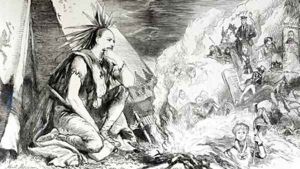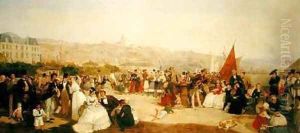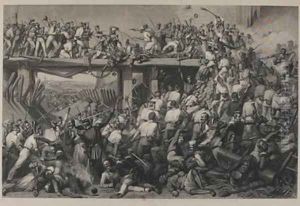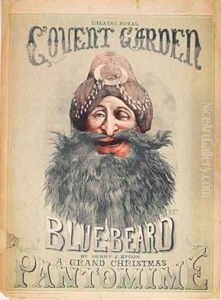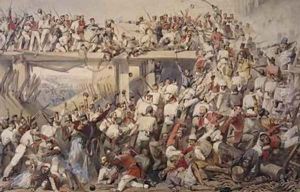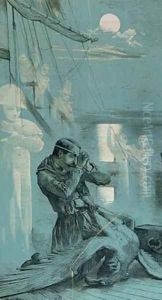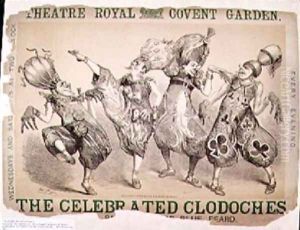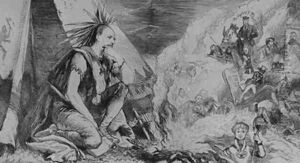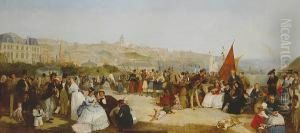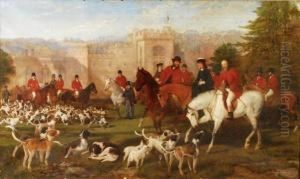Matthew "Matt" Somerville Morgan Paintings
Matthew 'Matt' Somerville Morgan was a British-born artist who made significant contributions to the art world during the 19th century, particularly in the United States. Born in London, England, in 1839, Morgan began his career as a scene painter and illustrator, demonstrating early on a remarkable talent for capturing the essence of his subjects with a vivid and dynamic style. His skills were not confined to any single medium; he was adept in oils, watercolors, and illustration, showcasing a versatility that would define his artistic career.
In the early 1860s, Morgan moved to the United States, where he would spend much of his professional life. It was here that he found a vibrant audience for his work, particularly in the realm of political and social cartooning. He became a staff artist for 'Frank Leslie's Illustrated Newspaper,' a prominent publication of the time, where his illustrations captured the tumult and transformation of America during and after the Civil War. His work during this period was notable for its keen observation and sometimes biting social commentary, reflecting the artist's engagement with the pressing issues of his adopted country.
Beyond his contributions to illustration and cartooning, Morgan was also recognized for his work in theatrical design. He brought his eye for detail and dramatic flair to the stages of New York, designing sets and costumes that were celebrated for their imagination and impact. This work in the theater complemented his skills as a painter and illustrator, allowing him to explore narrative and spectacle in a variety of contexts.
Despite his success and influence, Morgan's life was not without challenges. He navigated the complexities of the art world and societal changes of his time with a resilience that is reflected in the enduring quality of his work. Matthew Somerville Morgan passed away in 1890, leaving behind a legacy that has endured in the annals of American and British art. His contributions to illustration, painting, and theatrical design continue to be studied and admired for their creativity and insight into the 19th-century experience.
